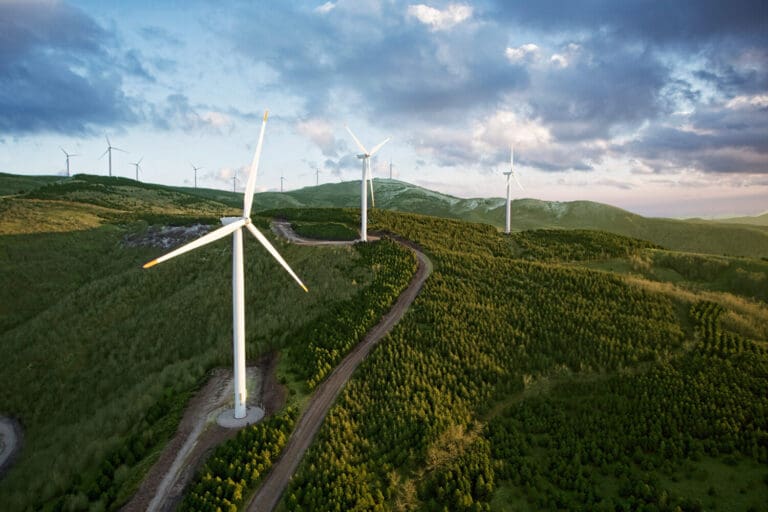Our Projects
4tomorrow carbon offsetting projects
At 4tomorrow, we are committed to supporting high-quality carbon offset projects that have genuine, measurable impacts on people and the planet.
We have partnered with Australia’s largest voluntary carbon offset provider, Tasman Environmental Markets (TEM), to curate carbon projects for our clients.
All of our carbon offsetting initiatives undergo rigorous third-party verification to international standards, as well as our own thorough review and validation processes. This helps guarantee these projects not only reduce emissions, but also deliver real, long-term social and environmental co-benefits.
Whether investing in renewable energy solutions, reforestation programs or clean cooking solutions, we take great care to vet each opportunity to ensure it will make a positive difference now and for generations to come.
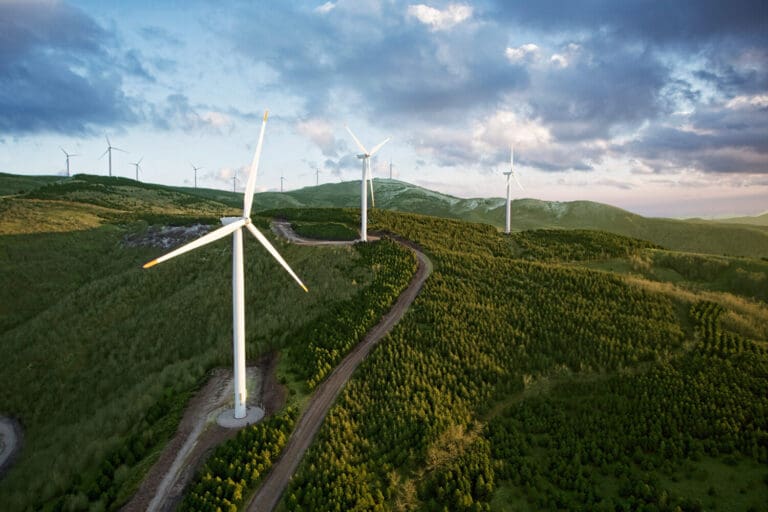
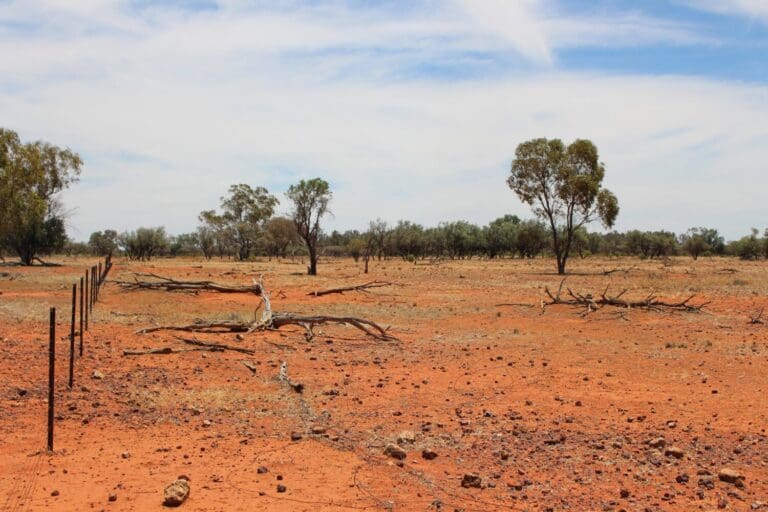
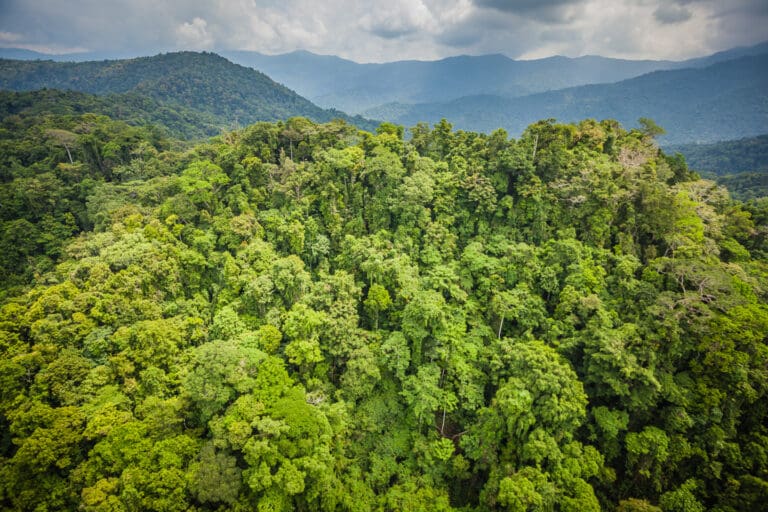
Bush Regeneration
Restoring Native Habitats in Eastern Australia
Nature of work:
Regenerating native woodlands
Location:
Queensland and New South Wales
Carbon standard:
Australian Government Emissions Reductions Fund
Efforts to restore native habitats in eastern Australia support local ecosystems and agriculture. Initiatives in New South Wales and southwestern Queensland aid both forests and farms through regeneration work.
The projects renew plant life on lands that had been cleared in the past, enhancing soil health in the process.
This revitalisation of woodlands can benefit indigenous wildlife by replenishing habitat. The regrowing forests sequester carbon from the atmosphere, helping to balance emissions.
By taking up carbon, these reforestation activities create carbon offsets to mitigate greenhouse gas levels in the air.
Overall, bush regeneration in the region promotes more sustainable land management while combatting climate change through carbon storage in renewed native vegetation.
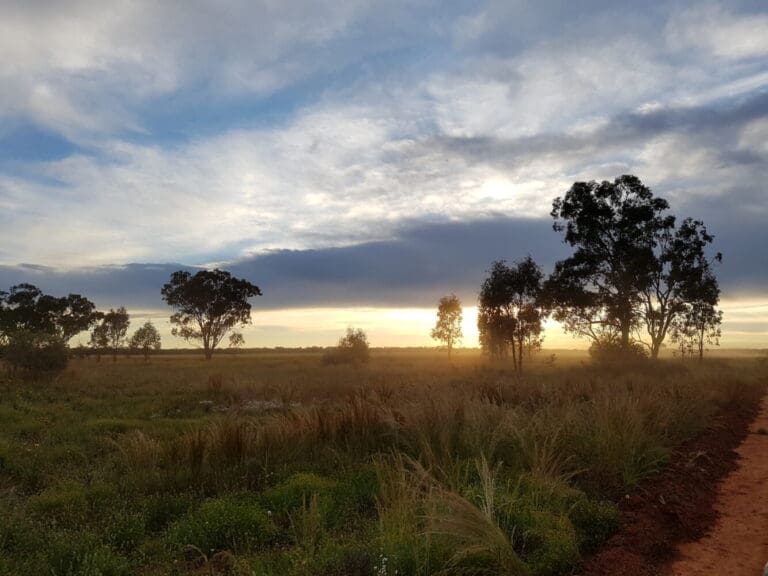

Native Forest Conservation
Protecting rainforests in Papua New Guinea
Nature of work:
Native rainforest conservation
Location:
Papua New Guinea
Registry:
Verra
The April Salumei REDD+ initiative in East Sepik Province, Papua New Guinea aims to preserve and sustainably steward this globally important rainforest ecosystem.
As recognised by the Climate, Community and Biodiversity Standard (CCB Standard), the forest represents a significant biodiversity hotspot. The project employs a nature-based solution approach to conservation.
In addition to reducing carbon emissions, the April Salumei project delivers multiple co-benefits. The April Salumei Working Group, established to help oversee the initiative, generates job opportunities for the local population.
By safeguarding the forest and its wealth of biodiversity, this work simultaneously provides a key source of income for traditional landowners.
Overall, the project promotes both environmental protection and economic development at the community level.
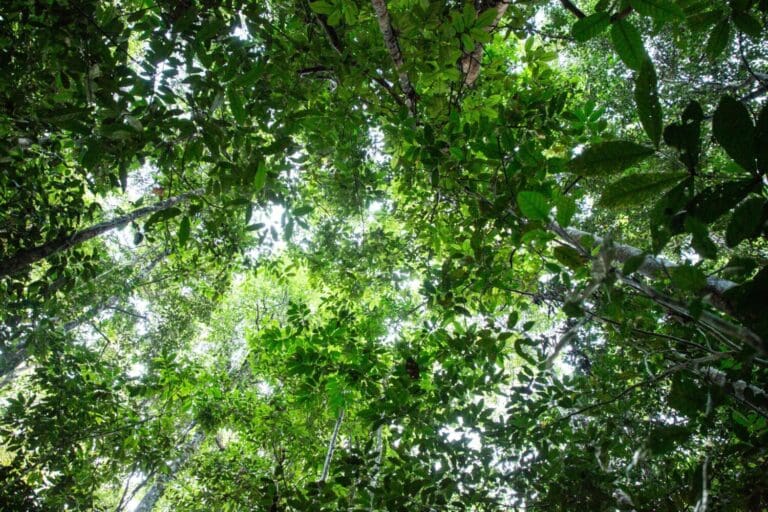
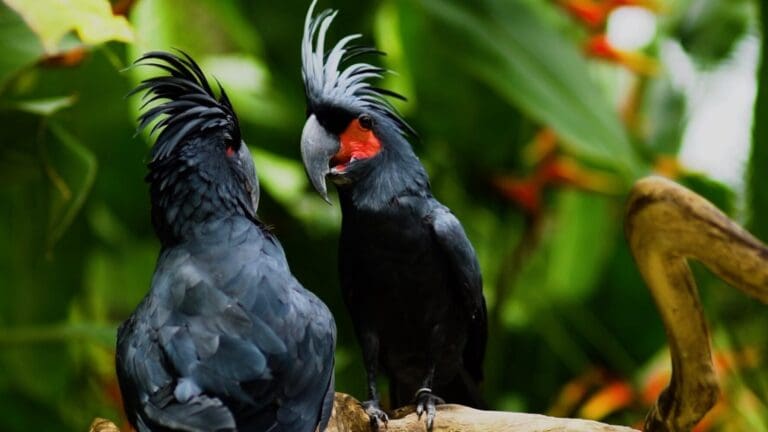
Indonesian Rainforest Conservation
Saving crucial rainforest in Indonesia
Nature of work:
Native rainforest conservation
Location:
Central Kalimantan Province of Indonesia
Registry:
Verra
The Katingan Mentaya Project works to protect and restore peatland forests in Central Kalimantan Province, Indonesia on the island of Borneo.
Spanning 149,800 hectares, the protected forest area is the focus of this important conservation initiative.
Partnering with 34 local villages, the project aims to reduce poverty, improve community well-being, and redirect trends of deforestation that have damaging environmental and climate consequences.
By safeguarding these forests in collaboration with surrounding human populations, the initiative seeks to foster sustainable land management practices and livelihoods while strengthening climate resilience through the preservation of valuable carbon stocks.
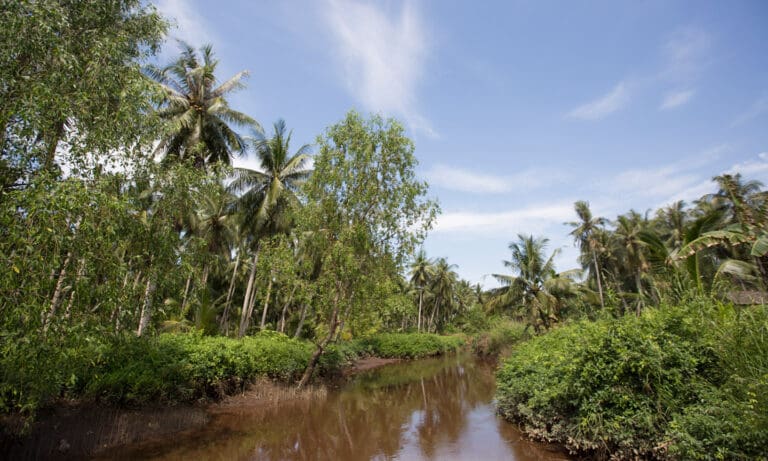
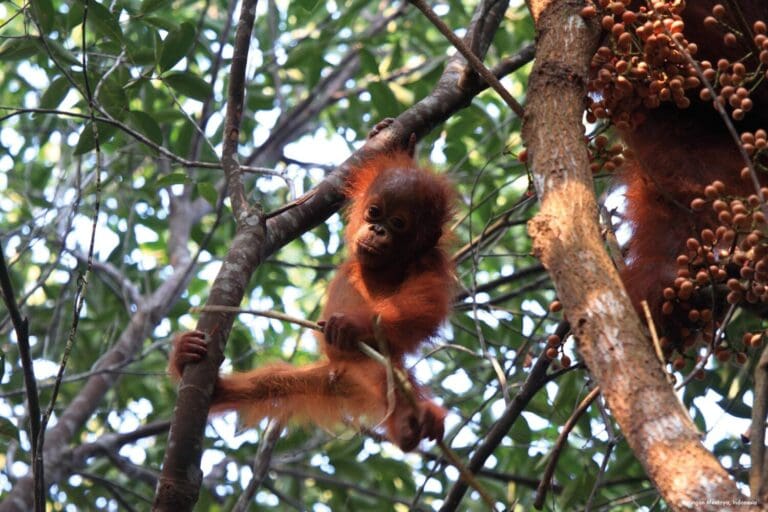
Renewable Energy
Zero emission renewable energy in Turkey
Nature of work:
Renewables – Wind
Location:
Osmaniye province – Turkey
Registry:
Gold Standard
This wind farm harnesses the wind resources of the Gökçedağ Mountains in Osmaniye province, southeast Turkey to generate zero-emission energy for the national power grid.
By displacing thermal sources, it reduces greenhouse gas emissions. Additionally, the project has created local jobs in the region. Working closely with surrounding communities, it aims to help secure power for rural areas while identifying infrastructure needs.
The goal is to enhance connectivity and community amenities through collaborative efforts. By tapping into renewable resources and promoting sustainable development, the initiative provides both environmental and socioeconomic benefits to the region.

